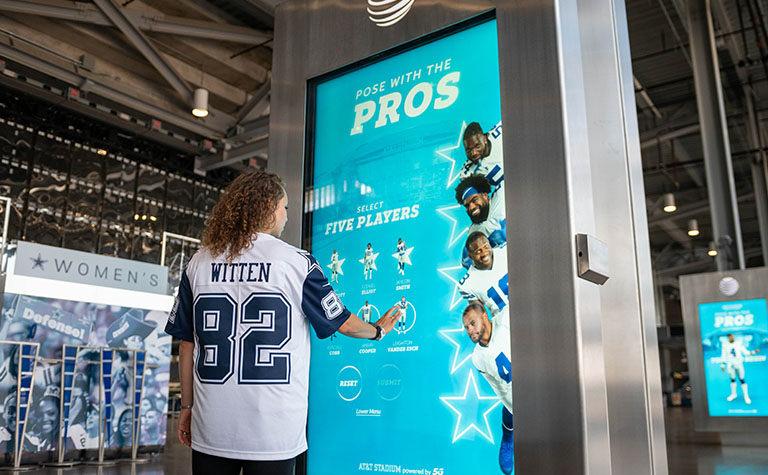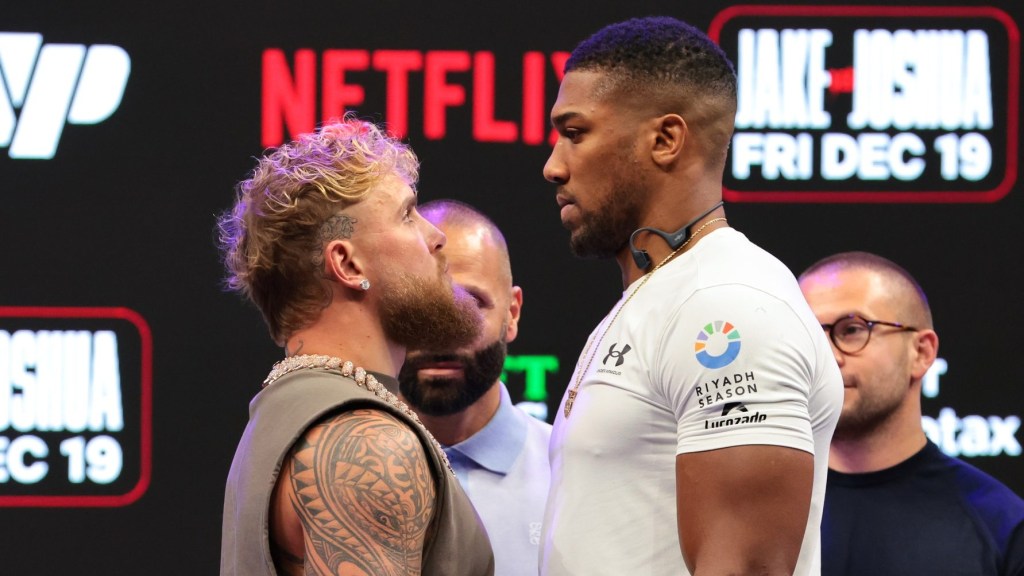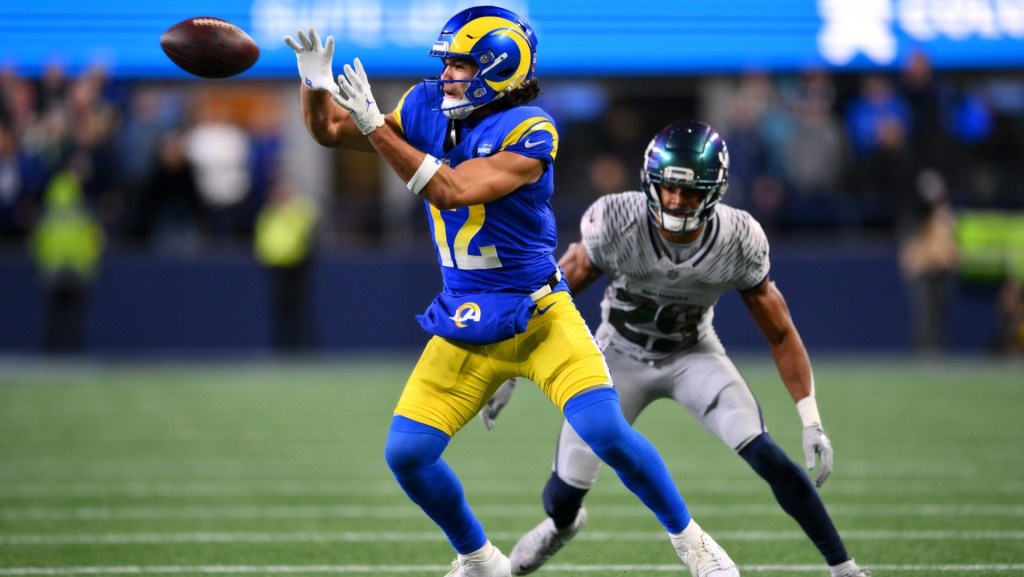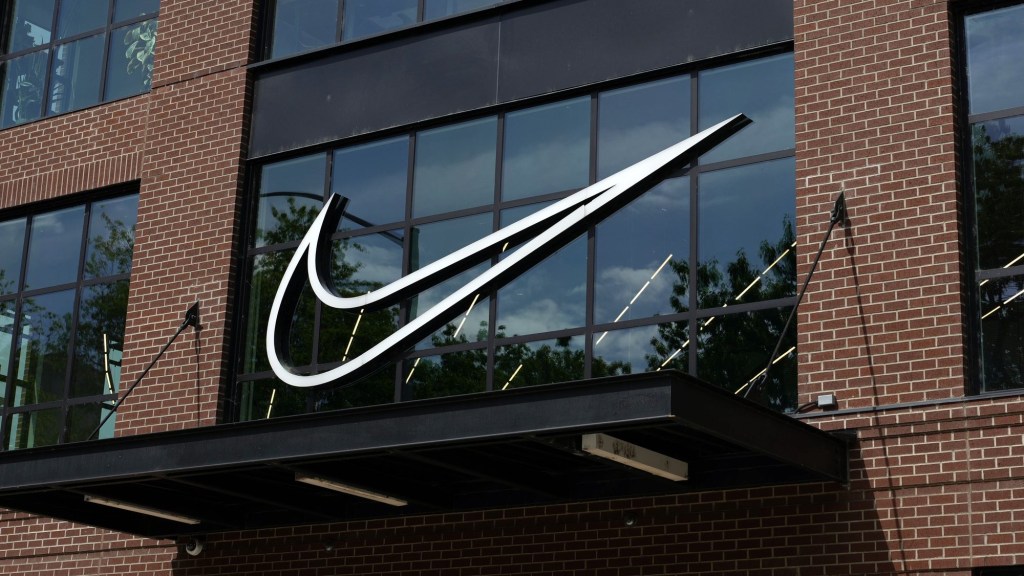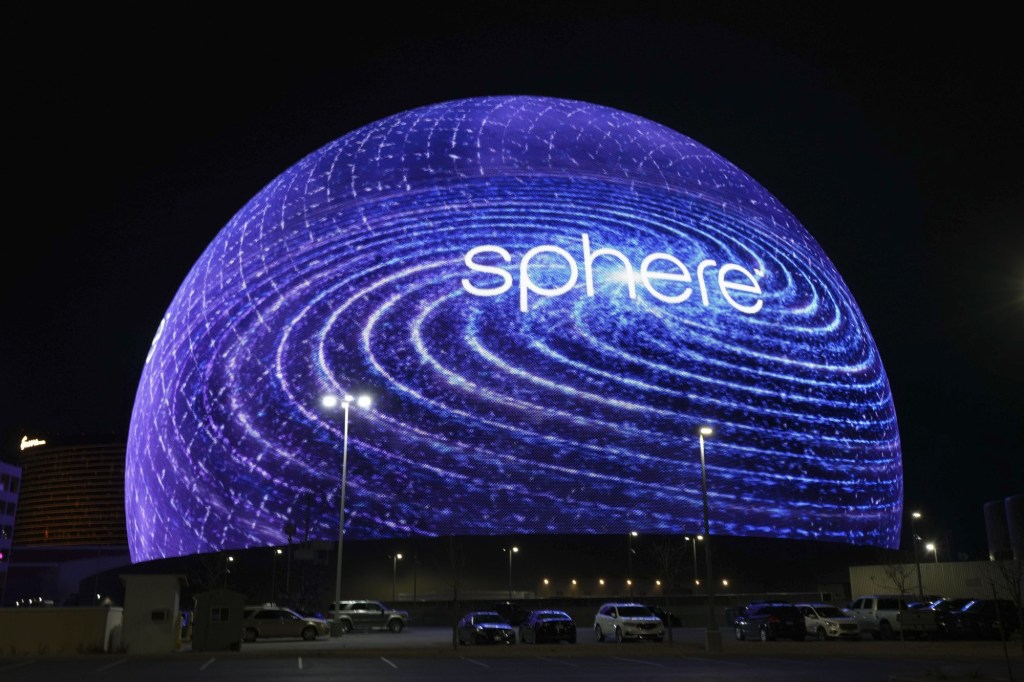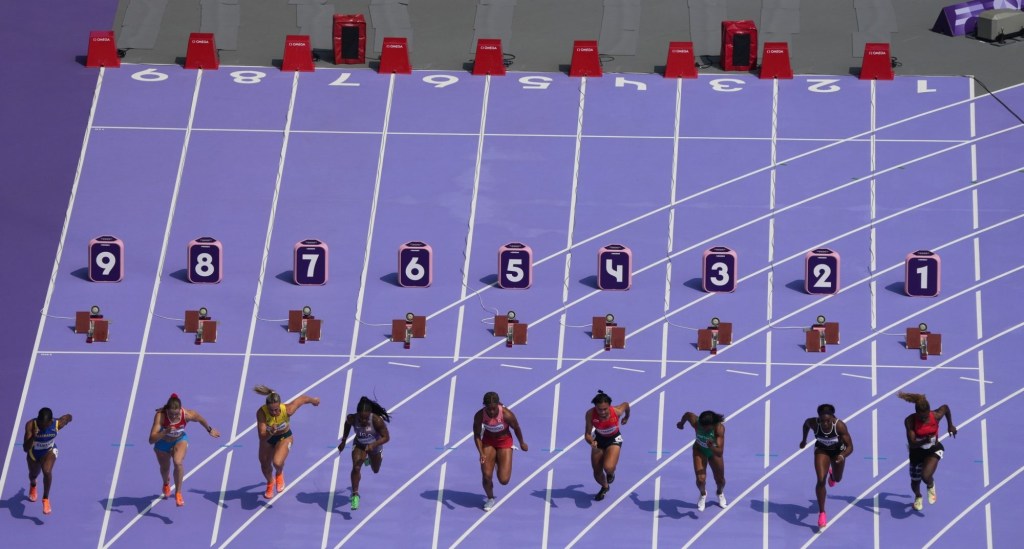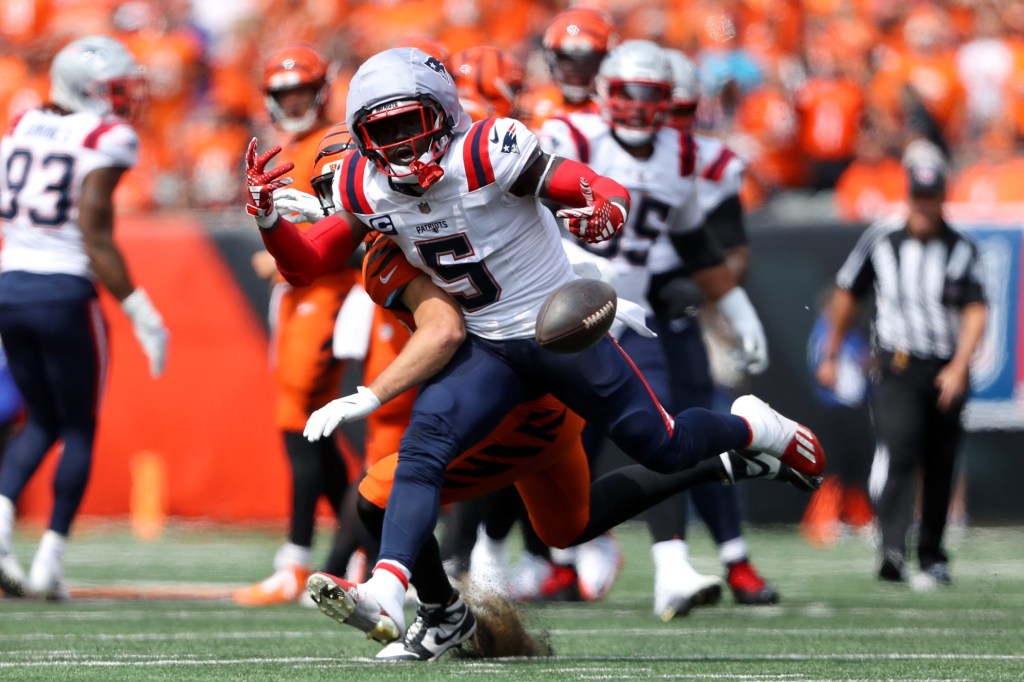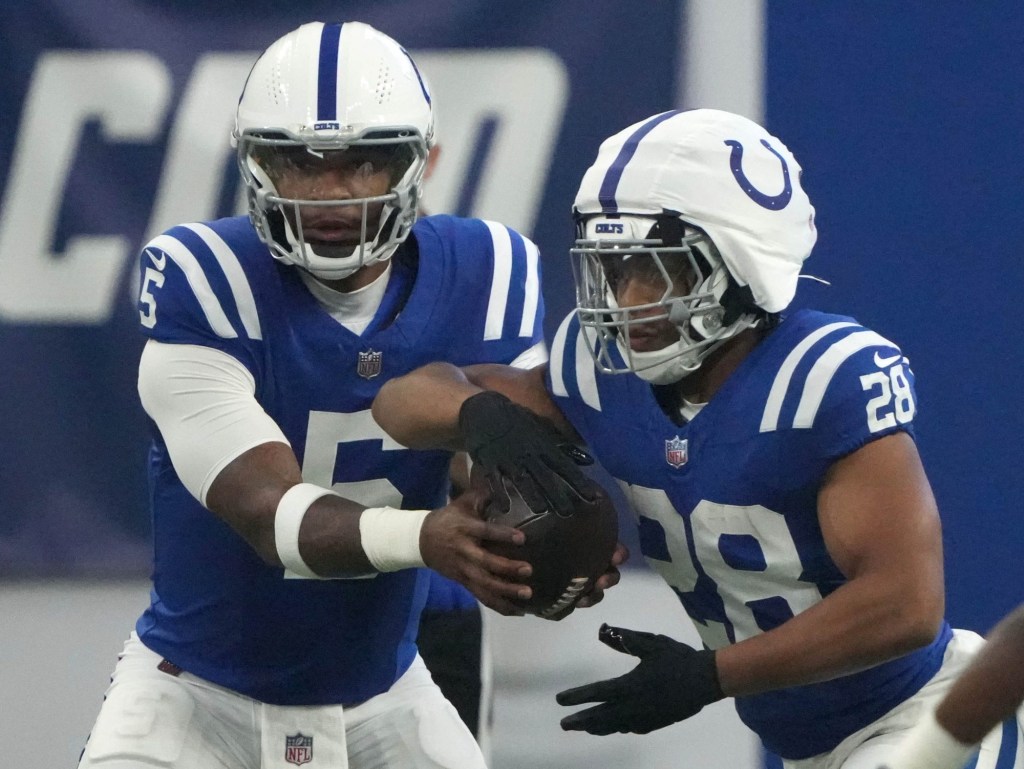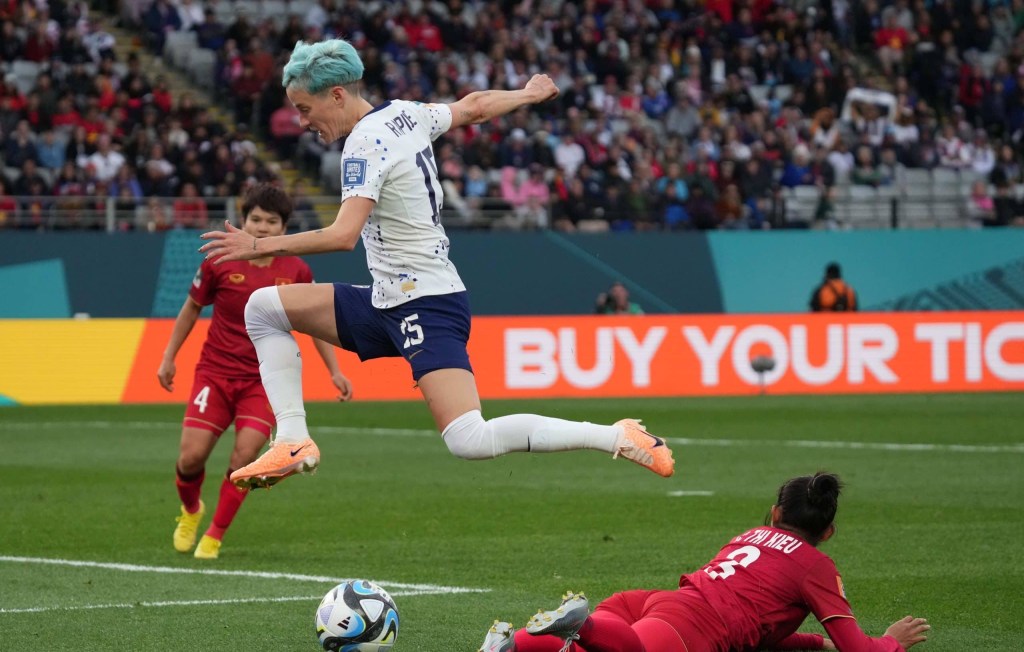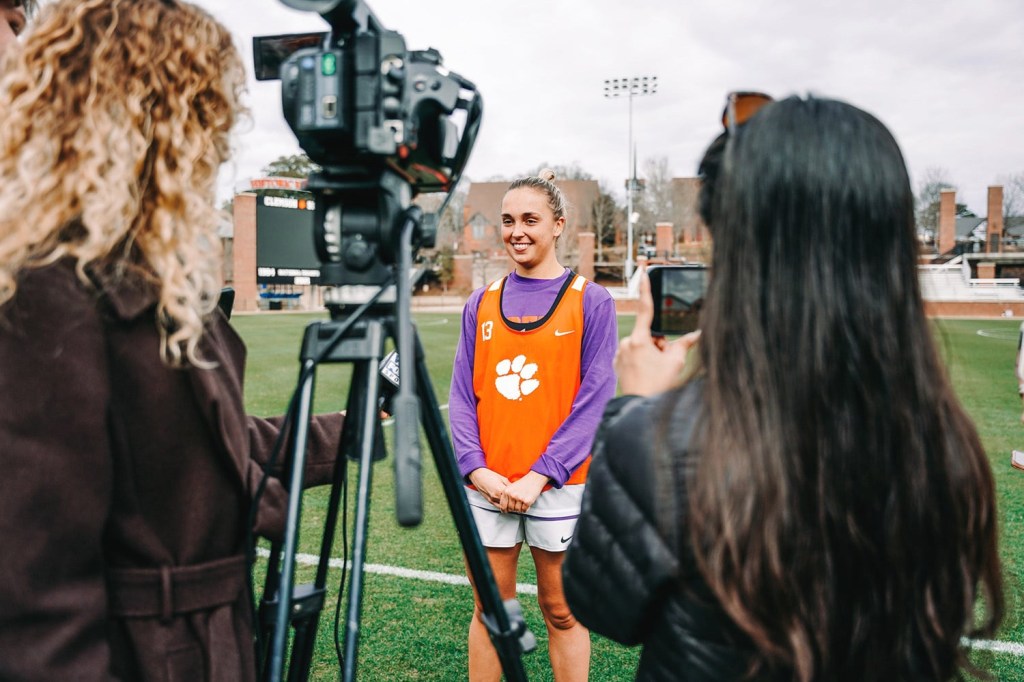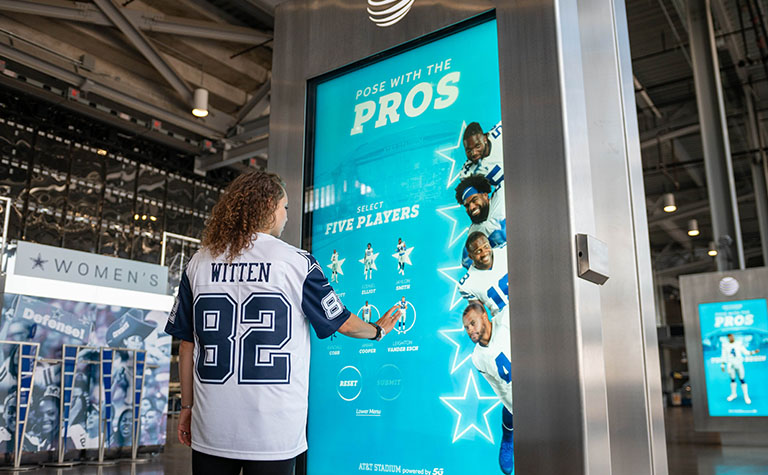
Sports continues to be one of the industries showing the power of 5G, providing some of the best use cases for the next generation of connectivity.
As major telecommunications firms AT&T, Verizon and T-Mobile continue to deploy 5G coverage, they continue to tout sports venues as a perfect place to demonstrate the technology before it becomes ubiquitous.
Verizon counts its latest deployments as three NBA arenas: Phoenix’s Talking Stick Resort Arena, San Francisco’s Chase Center, and Denver’s Pepsi Center. Madison Square Garden will be part of a coming expansion, which will then see Verizon’s 5G network in 10 NBA arenas throughout the season.
The high-bandwidth, low-latency networks promise to provide fans with better access to information and videos in stadiums that have been logjams in networks before.
“When you go to a game, there is still a lot of downtime; this is just another layer of entertainment,” said Heidi Hemmer, Verizon vice president of technology.
Verizon has played a key role at Sacramento’s Golden 1 Center, which has been at the forefront for many technology advancements within venues. Sacramento Kings Chief Technology Officer Ryan Montoya said the team and Verizon will continue to rollout first-of-its-kind experiments with 5G – like its initial test with a group of students with a live feed of a game in virtual reality.
“[Sports is] the ultimate platform,” Montoya said of sports demonstrating 5G. “Any given night you have 17,000 people in a dense space all interacting with these computers that fit in their pocket. Where else do you have that density?”
Within the NBA realm, AT&T made sure to deploy its 5G network within Chicago’s United Center, which will host the 2020 NBA All-Star Game.
AT&T also showcased 5G at the NBA Tip Off in Los Angeles on October 22, bringing fans volumetric 3D and virtual reality experiences featuring Candace Parker.
“We’re connecting fans with their passions and putting them in the center of the action by using our 5G at sporting events,” said David Christopher, AT&T Mobility executive vice president and general manager. “Through growing our relationship with the NBA and WNBA, we continue to enhance the game-day experience for fans no matter where they are by using our 5G network.”
AT&T also rolled out 5G activations at the NBA Summer League this summer and at AT&T Stadium in Dallas to kick off the NFL season, including virtual giant players and photo opportunities, a 3D video of a user celebrating with players, and live game data. The company will continue to push examples of using 5G to bring new experiences to life for consumers, especially in sports, said Kelly King, executive vice president of AT&T Mobility.
“5G will be a powerful tool to enhance the fan experience in sports, which we saw firsthand in Las Vegas this summer,” King said. “That’s why we’re unlocking the potential of 5G to reinvent what fans expect on game day and how they interact with their passions.”
Verizon is making quick strides in expanding 5G in sports venues across the U.S. Through its partnership with the NFL, Verizon is live in 13 stadiums and Hemmer expects the company to expand to 30 by the end of next year.
Along with the three NBA arenas and 13 NFL stadiums, Verizon 5G started with its home service and is now available in 15 cities for mobile users.
Hemmer said 5G deployment is different than the past deployments of 3G and 4G, as those could be done through existing cell towers and antennas. For 5G, its deployment is a true construction project as it has to be deployed through small cells because the small-wave spectrum doesn’t travel as far.
“It’s perfectly suited for dense urban areas or contained areas, like sports venues,” Hemmer said.
As telecommunications companies continue to expand toward full deployment of 5G, it’s likely the companies will continue to lean on sports as a prime industry for use cases. Whether it’s team staff running the arena or fans looking for stats, multiple camera angles or mixed reality, Hemmer said they’re working on the best ways to use it.
READ MORE: Team Penske Uses 5G Test To Help Secure Indy 500 Pole Position
“The most exciting use cases is the sports venue,” Hemmer said. “You can sit in an NFL stadium and watch your favorite team and livestream another game.”
Whether it’s providing a group of students to experience a game in virtual reality or giving fans access to real-time stats, Hemmer said the sports use cases of 5G will help showcase what the technology can do for other industries as the network continues to rollout.
Montoya said a lot of the possibilities are still unknown, which is why the experiments within sports are so vital.
“We are testing these next generations of applications to figure out how to use these products when it’s available everywhere,” he said. “It’s not only testing, but it’s also creating. First, there was dial-up and it limited the websites you could see. Then broadband made all these things possible, Facebook, Twitter, YouTube.”
READ MORE: Why the Sports Industry Could Include the First 5G Beneficiaries
“Once you have this level of connectivity it increases new platforms, new applications and new ways for the consumer to utilize it. The bottom line is new things become possible,” he said.
For now, 5G is largely limited by consumer devices, as older models aren’t capable of connecting to the 5G network. Hemmer said consumers will gradually migrate and Verizon, which currently sells seven compatible devices, will continue to work with vendors, infrastructure and app developers to further advance the 5G ecosystem.
The Verizon 5G network will cover 50% of the U.S. population by next year, Hemmer said.
“I’ve been around since the 3G deployment – people recognize how quick it’s moving,” she said. “It’s moving more quickly than 3G and 4G, despite being a large construction project. We know people are hungry for it and the use cases and 5G will have a much bigger play in enterprise space because of the opportunities with automated factories, supply chains, and autonomous vehicles.”
